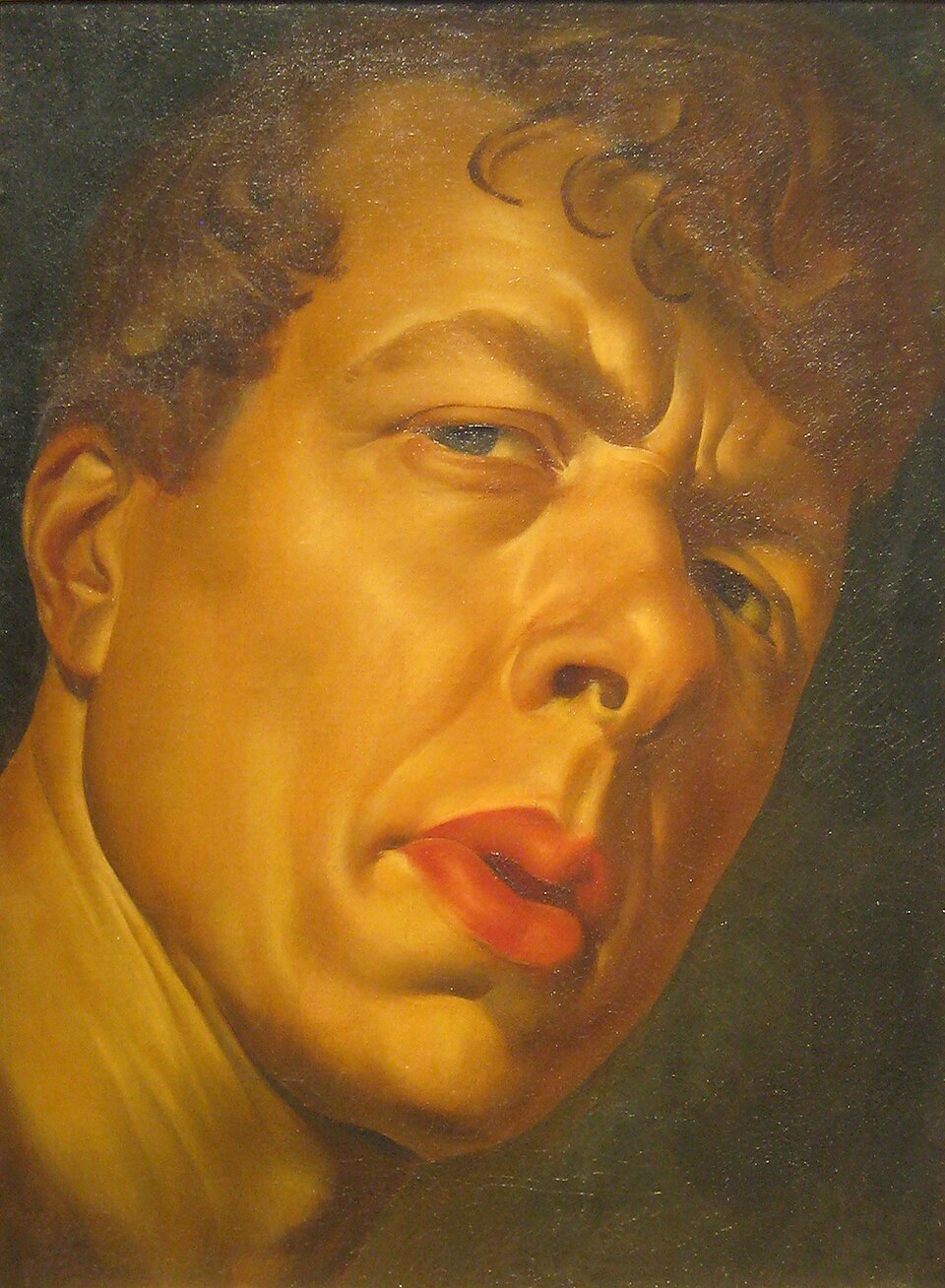Reviving Prewar Paris: Insights from the 1920s Census Database

A recently unveiled exhibition at the Musée Carnavalet in Paris illuminates the vibrant social landscape of the city during the 'crazy years' of the 1920s through the lens of an extensive census database. The exhibition, set to open in October 2025, showcases a compilation of 8 million handwritten census entries from 1926, 1931, and 1936, revealing that Paris was a cosmopolitan hub filled with young, unattached individuals, artists, and intellectuals.
According to Valérie Guillaume, the director of the Musée Carnavalet, this initiative, which utilized artificial intelligence to transcribe and digitize the census data, offers a unique opportunity to explore the lives of those who inhabited Paris during this dynamic period. "For the first time, we can name almost every person who was registered as living in Paris during this era," Guillaume stated in an interview conducted on July 25, 2025. The significance of this project lies not only in its scale but also in its ability to connect contemporary audiences with historical narratives.
The census entries provide a snapshot of a city on the rebound from the devastation of World War I, attracting a diverse mix of refugees, expatriates, and local residents. Prominent figures such as James Joyce, who resided in the 7th arrondissement while penning his groundbreaking novel, "Finnegans Wake," are featured alongside lesser-known individuals, presenting a mosaic of life stories from that time. Guillaume noted that the exhibition aims to highlight both celebrated personalities and ordinary Parisians, enriching the historical context with personal anecdotes.
As the city’s population swelled to approximately 2.9 million, it became home to a myriad of nationalities, with a notable absence of children, indicating a demographic trend towards a youthful, single adult populace. This phenomenon is corroborated by historical studies, such as the one conducted by Dr. Alain Dupont, a sociologist at the University of Paris, which examined demographic shifts in post-war France. Dupont’s research, published in the Journal of Historical Sociology in 2023, suggests that the allure of Paris as a cultural epicenter attracted many seeking artistic and intellectual fulfillment.
The exhibition also highlights a stark contrast between life expectancy during the 1920s, estimated at around 50-60 years, and today’s average of approximately 80 years, reflecting significant advancements in public health and living conditions. Visitors can expect to see a variety of documents and photographs from the era, many of which have rarely been displayed publicly. The digital database will allow attendees to search for relatives or notable figures recorded in the census, fostering a personal connection to the historical narrative.
The project’s reliance on artificial intelligence marks a significant technological advancement in historical research. Guillaume explained, "The AI was trained to recognize handwriting in the census documents, a task that would have been insurmountable without digital intervention." This innovative approach not only enhances the accessibility of historical data but also sets a precedent for future research methodologies in the humanities.
As Paris prepares to launch this exhibition, the implications of the 1920s census extend beyond mere data collection; they invite a re-examination of the city’s cultural heritage and its role as a refuge for artists and thinkers. The exhibition, titled "The People of Paris 1926-1936," will incorporate newsreels, recordings, and firsthand accounts that capture the essence of life in Paris during a time of unparalleled creativity and transformation.
In conclusion, the digitization of the 1920s Paris census is more than an archival endeavor; it is a celebration of the city’s historical narrative, inviting contemporary audiences to engage with the past and recognize the enduring impact of this vibrant epoch. As Paris continues to evolve, the stories of its past residents will resonate, reminding us of the city’s unique ability to inspire generations of dreamers and creators. The exhibition is anticipated to attract significant attention and offers a unique lens through which to explore the multifaceted history of Paris.
Advertisement
Tags
Advertisement





